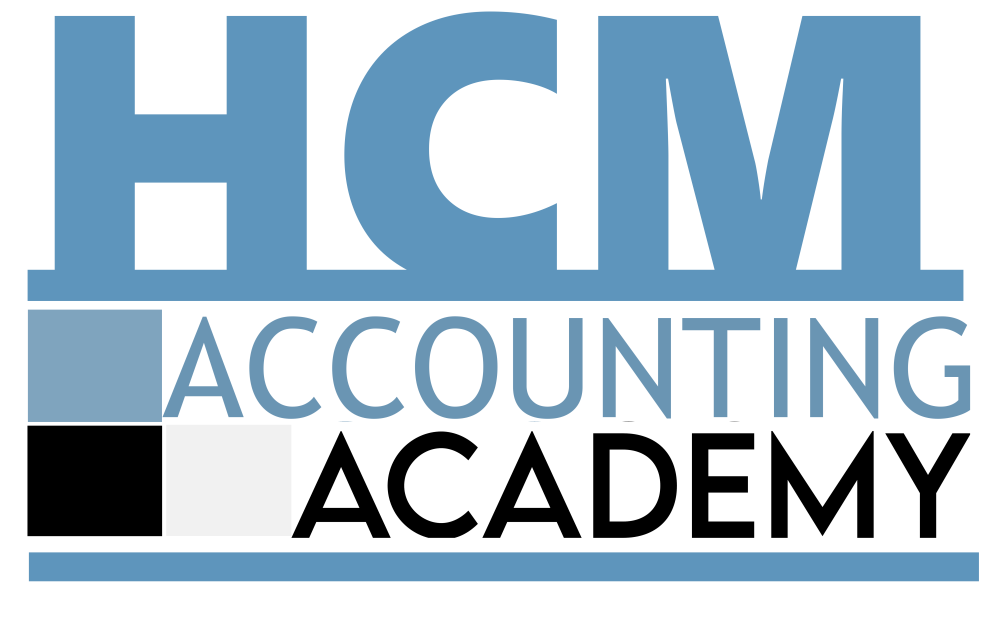
10• Why train the Internal Team to perform Template CR3 Mandatory for All banks?
A. The issue of interaction highlighted by the US regulator
"Some banking organizations may form third-party relationships with new or novel structures and features – such as those observed in relationships with some financial technology (fintech) companies. Such relationships may involve the fintech company providing products or services with varying degrees of interaction with the banking organization’s customers. It is important for a banking organization to understand how the arrangement with a particular third party is structured so that the banking organization may assess the types and levels of risks posed and determine how to manage the third-party relationship accordingly" (FED Supervision and Regulation Letter SR 23-4 of June 7, 2023, "Interagency Guidance on Third-Party Relationships: Risk Management" TO THE OFFICER IN CHARGE OF SUPERVISION AT EACH FEDERAL RESERVE BANK AND INSTITUTIONS SUPERVISED BY THE FEDERAL RESERVE).
Without the ability to automate cross-cutting interaction, an information system focuses solely on the layout and nominal structure of the functions available. The system is therefore disconnected from risk management and corporate governance. This is typical of the situation we have known until the design and construction of IT-IRM, the first name for CORPORATE ACCOUNTING FINTECH also called TPRM Accounting Fintech. The serious gap filled is that:
- "An information system that focuses solely on the nominal layout and structure of the functions available is disconnected from risk management and corporate governance. This is typical of the situation whereby IT is indiscriminately dedicated to every function"
This is taken from our 2013 paper: "The Value in Using IT-directed Investor Relationship Management" (ISACA Journal)
B. Interaction Principe
The principle is based on the set of organizational teams that relies on the dynamic interaction of functions and trades to operate in real time cross-cutting and consistent with the same objective of risk appetite threshold. Outside the decision-making vector of the CEO, which is an independent simulator,
- The tasks to be performed by the CFO on the Operational HR vector cannot be performed if the application of the HRD (Human Resources Director) has not transmitted to the application of the CFO the weighting rates of the socio-economic indicators to consider for internal financial planning calculations.
- Similarly, OM (Operations Management) applications and work unit leaders cannot perform their tasks if the CFO application has not executed its own. These include planning processes by which the finance function provides the forecasts needed for periodic gap analysis. Without forecasting the ''Expected - Realized'' for all operations, measuring the results of the HR financial performance becomes impossible.
- It is also that which gives HR the awareness of the whole, more specifically, the PRLs and the forecast gains that improves the purchasing power of the employees.
- Without a clear perception of the totality of which the company remunerates the employee the variable salary and for which the means are within his/her reach to act on the potential amount to improve his purchasing power, there is little chance that the employee invests the expected effort.
- The employee must have the data to judge with his peers if the additional effort expected to be expended is worthwhile (thus measuring the added value and the progression of the variable salary on a 3-year plan).
